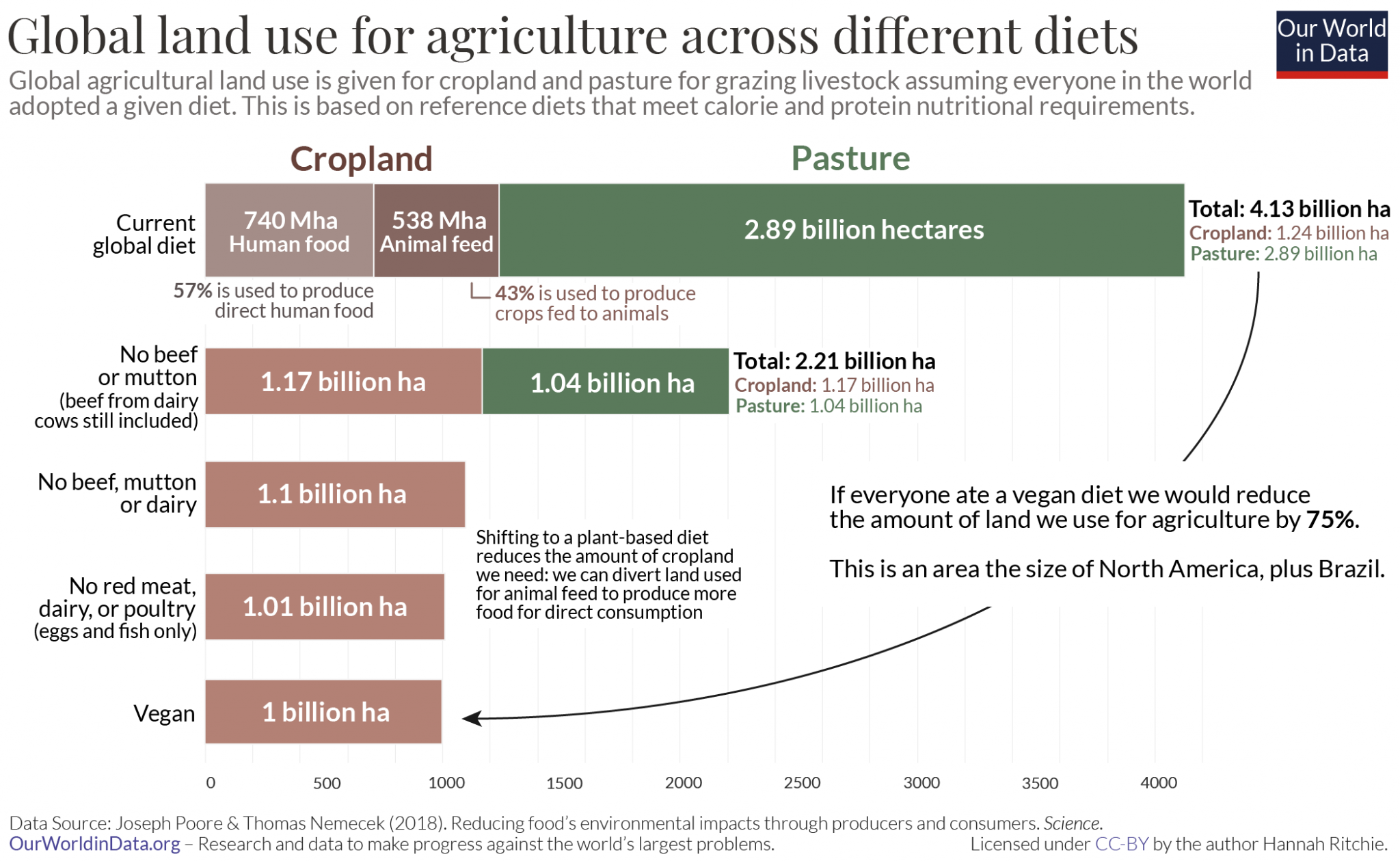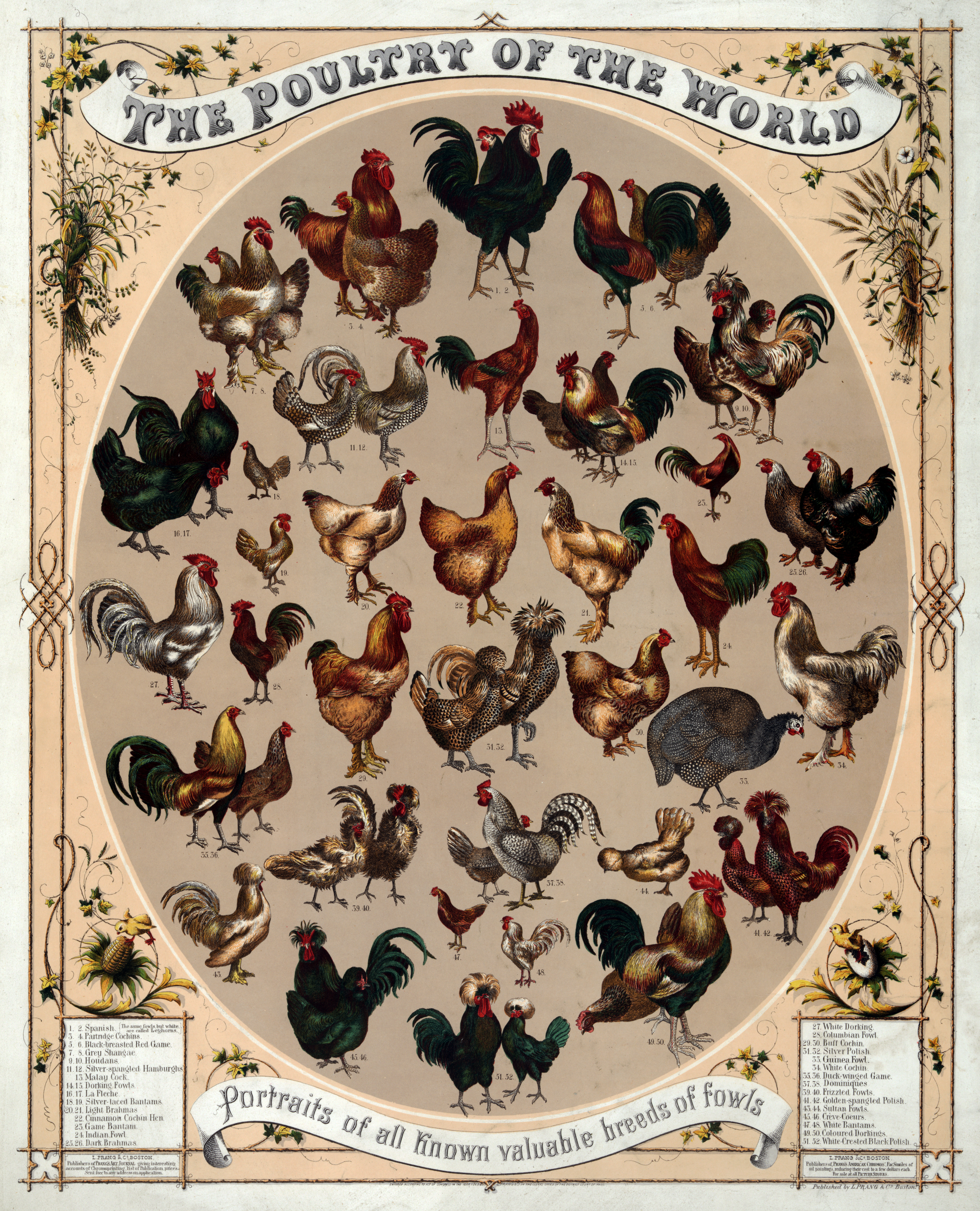|
Semi-vegetarianism
A flexitarian diet, also called a semi-vegetarian diet, is one that is centered on plant foods with limited or occasional inclusion of meat. For example, a flexitarian might eat meat only some days each week. Definitions Different definitions of flexitarianism are used. According to the Dutch environmental organisation '' Natuur & Milieu'', a flexitarian eats no meat, fish or lunch meat for at least one day a week. The Dutch research agency ''I&O Research'' calls people flexitarian when they do not eat meat one or more days a week. The Dutch Food Health authority ''Voedingscentrum'' states that flexitarians do not eat meat (but can eat fish) three or more days a week in between or with a hot meal. Vegetarianism is the strict practice of abstaining from consuming meat or any other animal tissue. ''Flexitarianism'' is a neoteric term that gained a considerable increase in usage in both science and public sectors in the 2010s. ''Flexitarian'' was listed in the mainstream '' Merri ... [...More Info...] [...Related Items...] OR: [Wikipedia] [Google] [Baidu] |
Pescetarianism
Pescetarianism ( ; sometimes spelled pescatarianism) is a dietary practice in which seafood is the only source of meat in an otherwise vegetarian diet. The inclusion of other animal products, such as eggs and dairy, is optional. According to research conducted from 2017 to 2018, approximately 3% of adults worldwide are pescetarian. Definition and etymology "Pescetarian" is a neologism formed as a portmanteau of the Italian word " pesce" ("fish") and the English word "vegetarian". The term was coined in the United Kingdom in the late 1980s. "Pesco-vegetarian" is a synonymous term that is seldom used outside of academic research, but it has sometimes appeared in other American publications and literature since at least 1980. History Early history The first vegetarians in written western history may have been the Pythagoreans, a title derived from the Greek philosopher Pythagoras. Though Pythagoras loaned his name to the meatless diet, some biographers suspect he may hav ... [...More Info...] [...Related Items...] OR: [Wikipedia] [Google] [Baidu] |
Pollotarianism
Pollotarianism is the practice of adhering to a diet that incorporates poultry as the only source of meat in an otherwise vegetarian diet. While ''pollo'' specifically means chicken in both Spanish and in Italian (with ''pollame'' meaning poultry in general in Italian), pollotarians are known to incorporate different forms of poultry, like duck and turkey in their diet. Pollotarians may also eat dairy products. The term "pollo-vegetarian" was first used in nutritional textbooks in the 1980s to describe a semi-vegetarian diet that incorporates poultry. Historian Rod Preece describes pollotarians as "those who refrain from mammals but are willing to eat the flesh of birds notably chickens." Examples Politician Chauncey Depew was a pollotarian. In a 1925 interview aged 90, Depew stated that "For thirty years the only meat I've eaten has been poultry". Matt Damon lost weight for the movie '' Courage Under Fire'' by sticking to a chicken only diet. Adam Driver ate only one ful ... [...More Info...] [...Related Items...] OR: [Wikipedia] [Google] [Baidu] |
Planetary Health Diet
The planetary health diet, also called a planetary diet or planetarian diet, is a flexitarian diet created by the EAT-Lancet commission as part of a report released in ''The Lancet'' on 16 January 2019. The aim of the report and the diet it developed is to create dietary paradigms that have the following aims: * To feed a world population of 10 billion people in 2050 * To reduce significantly the worldwide number of deaths caused by a poor diet * To be environmentally sustainable to prevent the collapse of the natural world Recommendations To achieve this, it has defined new recommendations on consuming meat, dairy, and starchy vegetables, specifically red meat. The aims of this are: *to lessen the impact of the meat and dairy industries on the environment, *theoretically, to drastically decrease these food groups' saturated fat and sugar intake. Today's consumption of meat and dairy often exceeds nutritional recommendations. The planetary health diet recommendations have an o ... [...More Info...] [...Related Items...] OR: [Wikipedia] [Google] [Baidu] |
Macrobiotic Diet
A macrobiotic diet (or macrobiotics) is an unconventional restrictive diet based on ideas about types of food drawn from Zen Buddhism. The diet tries to balance the supposed yin and yang elements of food and cookware. Major principles of macrobiotic diets are to reduce animal products, eat locally grown foods that are in season, and consume meals in moderation. There is no high-quality clinical evidence that a macrobiotic diet is helpful for people with cancer or other diseases, and it may be harmful. Neither the American Cancer Society nor Cancer Research UK recommends adopting the diet. Deaths have been reported from malnutrition on strict macrobiotic diets. Conceptual basis The macrobiotic diet is associated with Zen Buddhism and is based on the idea of balancing yin and yang. The diet proposes ten plans which are followed to reach a supposedly ideal yin:yang ratio of 5:1. The diet was popularized by George Ohsawa in the 1930s and subsequently elaborated on by his dis ... [...More Info...] [...Related Items...] OR: [Wikipedia] [Google] [Baidu] |
Vegetarianism
Vegetarianism is the practice of abstaining from the Eating, consumption of meat (red meat, poultry, seafood, insects as food, insects, and the flesh of any other animal). It may also include abstaining from eating all by-products of animal slaughter. A person who practices vegetarianism is known as a vegetarian. Vegetarianism may be adopted for various reasons. Many people ethics of eating meat, object to eating meat out of respect for Sentience, sentient animal life. Such ethical motivations have been codified vegetarianism and religion, under various religious beliefs as well as animal rights advocacy. Other motivations for vegetarianism are health-related, political, Environmental vegetarianism, environmental, cultural, aesthetic, Economic vegetarianism, economic, gastronomy, taste-related, or relate to other personality psychology, personal preferences. A small number of towns and cities around the world are exclusively vegetarian or have outlawed meat, including Rishikesh ... [...More Info...] [...Related Items...] OR: [Wikipedia] [Google] [Baidu] |
Seafood
Seafood is any form of Marine life, sea life regarded as food by humans, prominently including Fish as food, fish and shellfish. Shellfish include various species of Mollusca, molluscs (e.g., bivalve molluscs such as clams, oysters, and mussels, and cephalopods such as octopus and squid), crustaceans (e.g. shrimp, crabs, and lobster), and echinoderms (e.g. sea cucumbers and sea urchins). Historically, marine mammals such as cetaceans (whales and dolphins) as well as Pinniped, seals have been eaten as food, though that happens to a lesser extent in modern times. Edible sea plants such as some Edible seaweed, seaweeds and microalgae are widely eaten as :edible seaweeds, sea vegetables around the world, especially in Asia. Seafood is an important source of (animal) protein in many Diet (nutrition), diets around the world, especially in coastal areas. Semi-vegetarianism, Semi-vegetarians who consume seafood as the only source of meat are said to adhere to pescetarianism. The harv ... [...More Info...] [...Related Items...] OR: [Wikipedia] [Google] [Baidu] |
Poultry
Poultry () are domesticated birds kept by humans for the purpose of harvesting animal products such as meat, Eggs as food, eggs or feathers. The practice of animal husbandry, raising poultry is known as poultry farming. These birds are most typically members of the superorder Galloanserae (fowl), especially the order Galliformes (which includes chickens, quails, and domestic turkey, turkeys). The term also includes waterfowls of the family Anatidae (ducks and geese) but does not include wild birds hunted for food known as game (hunting), game or wild meat, quarry. Recent genomic studies involving the four extant junglefowl species reveals that the domestication of chicken, the most populous poultry species, occurred around 8,000 years ago in Southeast Asia. This was previously believed to have occurred around 5,400 years ago, also in Southeast Asia. The process may have originally occurred as a result of people hatching and rearing young birds from eggs collected from the wild, ... [...More Info...] [...Related Items...] OR: [Wikipedia] [Google] [Baidu] |
Environmental Vegetarianism
Environmental vegetarianism is the practice of vegetarianism that is motivated by the desire to create a sustainable diet, which avoids the environmental impact of meat production, negative environmental impact of meat production. Livestock as a whole is estimated to be responsible for around 15% of global greenhouse gas emissions. As a result, significant reduction in meat consumption has been advocated by, among others, the Intergovernmental Panel on Climate Change in their 2019 special report and as part of the 2017 ''World Scientists' Warning to Humanity''. A 2023 study published in Nature Communications found that replacing half of the global consumption of beef, chicken, dairy, and pork with plant-based alternatives could reduce agricultural greenhouse gas emissions by 31%, decrease land use by nearly one-third, and nearly halt deforestation for agriculture, thereby aiding biodiversity restoration. Other than climate change, the livestock industry is the primary driver behi ... [...More Info...] [...Related Items...] OR: [Wikipedia] [Google] [Baidu] |
Food Justice
Food security is the state of having reliable access to a sufficient quantity of affordable, healthy Human food, food. The availability of food for people of any class, gender, ethnicity, or religion is another element of food protection. Similarly, household food security is considered to exist when all the members of a family have consistent access to enough food for an active, healthy life. Food-secure individuals do not live in hunger or fear of starvation. Food security includes resilience to future disruptions of food supply. Such a disruption could occur due to various risk factors such as droughts and floods, shipping disruptions, fuel shortages, economic instability, and wars. Food insecurity is the opposite of food security: a state where there is only limited or uncertain availability of suitable food. The concept of food security has evolved over time. The four pillars of food security include availability, access, utilization, and stability. In addition, there are tw ... [...More Info...] [...Related Items...] OR: [Wikipedia] [Google] [Baidu] |
Mammal
A mammal () is a vertebrate animal of the Class (biology), class Mammalia (). Mammals are characterised by the presence of milk-producing mammary glands for feeding their young, a broad neocortex region of the brain, fur or hair, and three Evolution of mammalian auditory ossicles, middle ear bones. These characteristics distinguish them from reptiles and birds, from which their ancestors Genetic divergence, diverged in the Carboniferous Period over 300 million years ago. Around 6,640 Neontology#Extant taxon, extant species of mammals have been described and divided into 27 Order (biology), orders. The study of mammals is called mammalogy. The largest orders of mammals, by number of species, are the rodents, bats, and eulipotyphlans (including hedgehogs, Mole (animal), moles and shrews). The next three are the primates (including humans, monkeys and lemurs), the Artiodactyl, even-toed ungulates (including pigs, camels, and whales), and the Carnivora (including Felidae, ... [...More Info...] [...Related Items...] OR: [Wikipedia] [Google] [Baidu] |
Chicken
The chicken (''Gallus gallus domesticus'') is a domesticated subspecies of the red junglefowl (''Gallus gallus''), originally native to Southeast Asia. It was first domesticated around 8,000 years ago and is now one of the most common and widespread domesticated animals in the world. Chickens are primarily kept for chicken as food, their meat and egg as food, eggs, though they are also kept as pets. As of 2023, the global chicken population exceeds 26.5 billion, with more than 50 billion birds produced annually for consumption. Specialized breeds such as broilers and laying hens have been developed for meat and egg production, respectively. A hen bred for laying can produce over 300 eggs per year. Chickens are social animals with complex vocalizations and behaviors, and cultural references to chickens, feature prominently in folklore, religion, and literature across many societies. Their economic importance makes them a central component of global animal husbandry and agricu ... [...More Info...] [...Related Items...] OR: [Wikipedia] [Google] [Baidu] |






